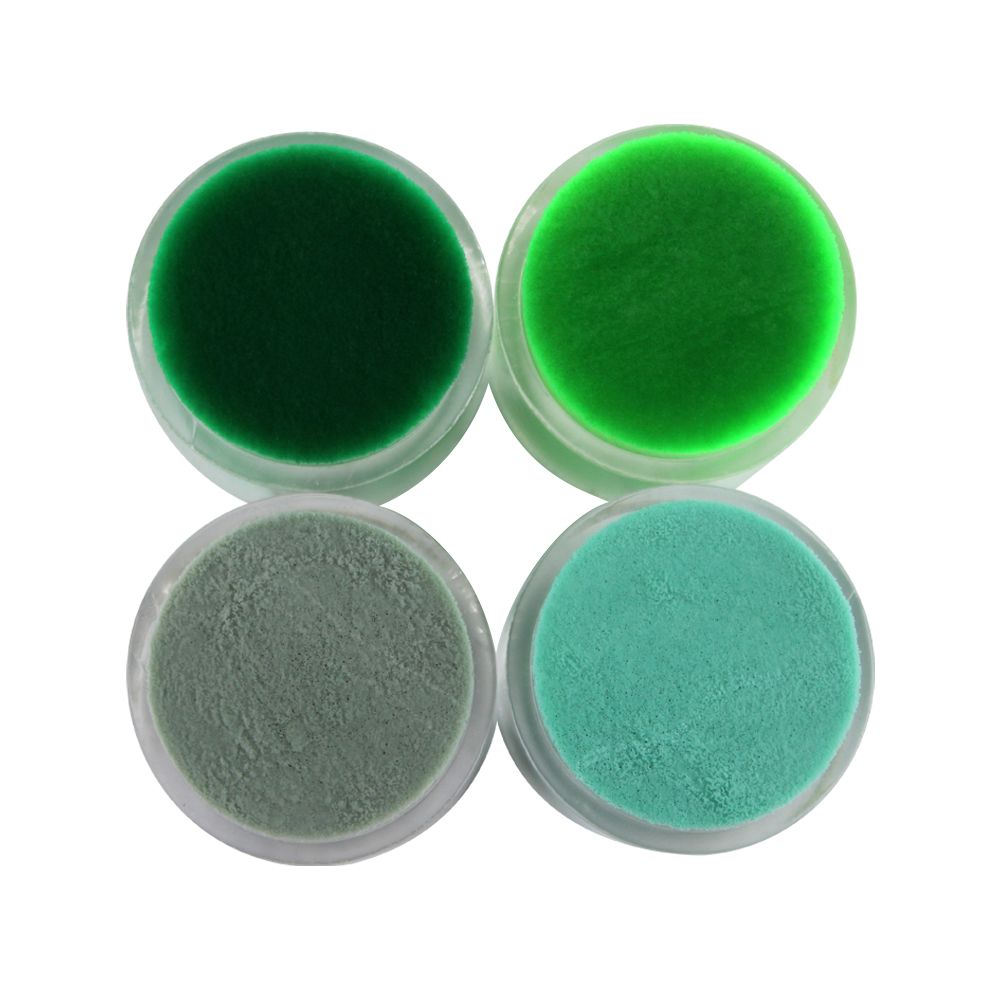The physical modification of PBT can improve and enhance the mechanical properties of the material and improve the flame retardant properties. The main methods of modification are: fibre reinforced modification, flame retardant modification, alloy type (e.g. PBT/PC alloy, PBT/PET alloy, etc.).
Globally, about 70% of PBT resins are used to produce modified PBT and 16% are used to produce PBT alloys, which are widely used in the automotive, electrical and electronic and mechanical industries. Another 14% of unreinforced PBT resins are typically extruded into monofilaments for filter cloths and sieves for paper machinery, packaging tapes, buffer tubes for fibre optic cables and thick films for thermoformed containers and trays.
Domestic modifications of PBT products are mainly focused on glass fibre reinforcement and flame retardant, especially PBT used as a high viscosity resin for optical fibre cable sheath covering material is more mature, but in terms of arc resistance, low warpage, high fluidity, high impact strength, high dimensional stability, high bending modulus, etc. need to be strengthened.
In the future, domestic manufacturers should actively extend downstream to develop modified PBT and PBT alloys, and strengthen their research and development capabilities in the composite moulding process, CAD structural analysis and mould flow analysis of PBT composites.
Post time: Feb-02-2023





